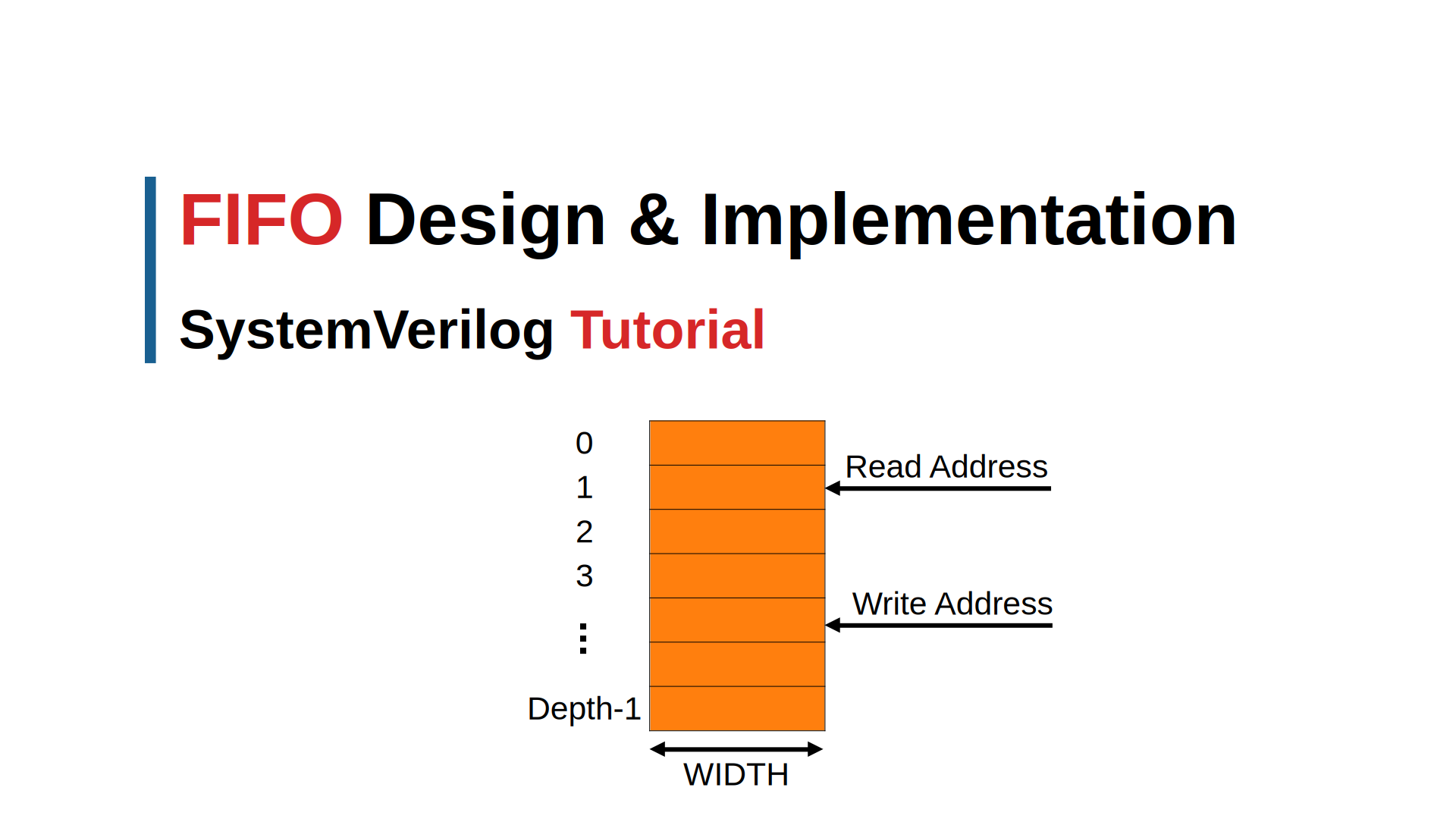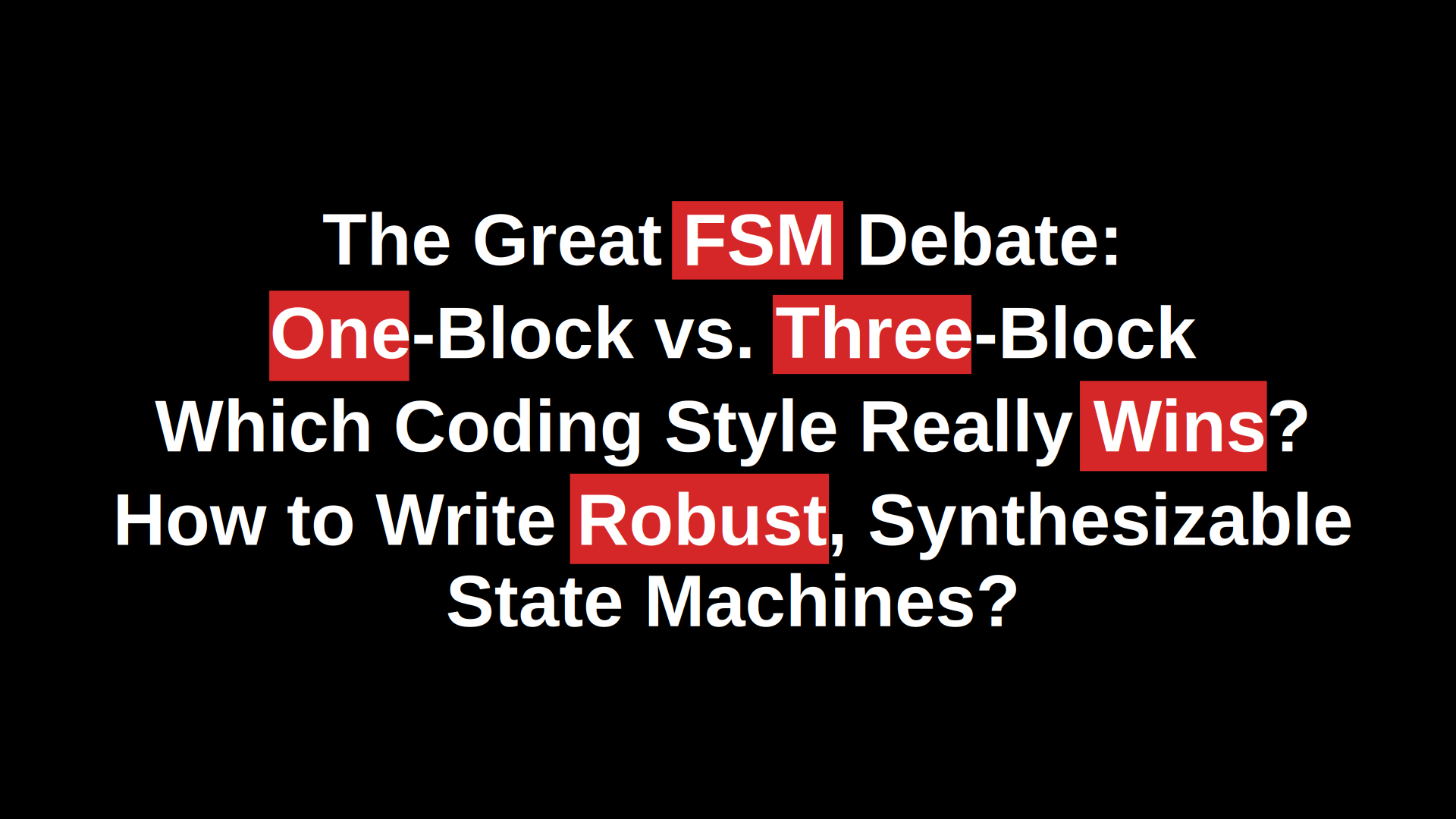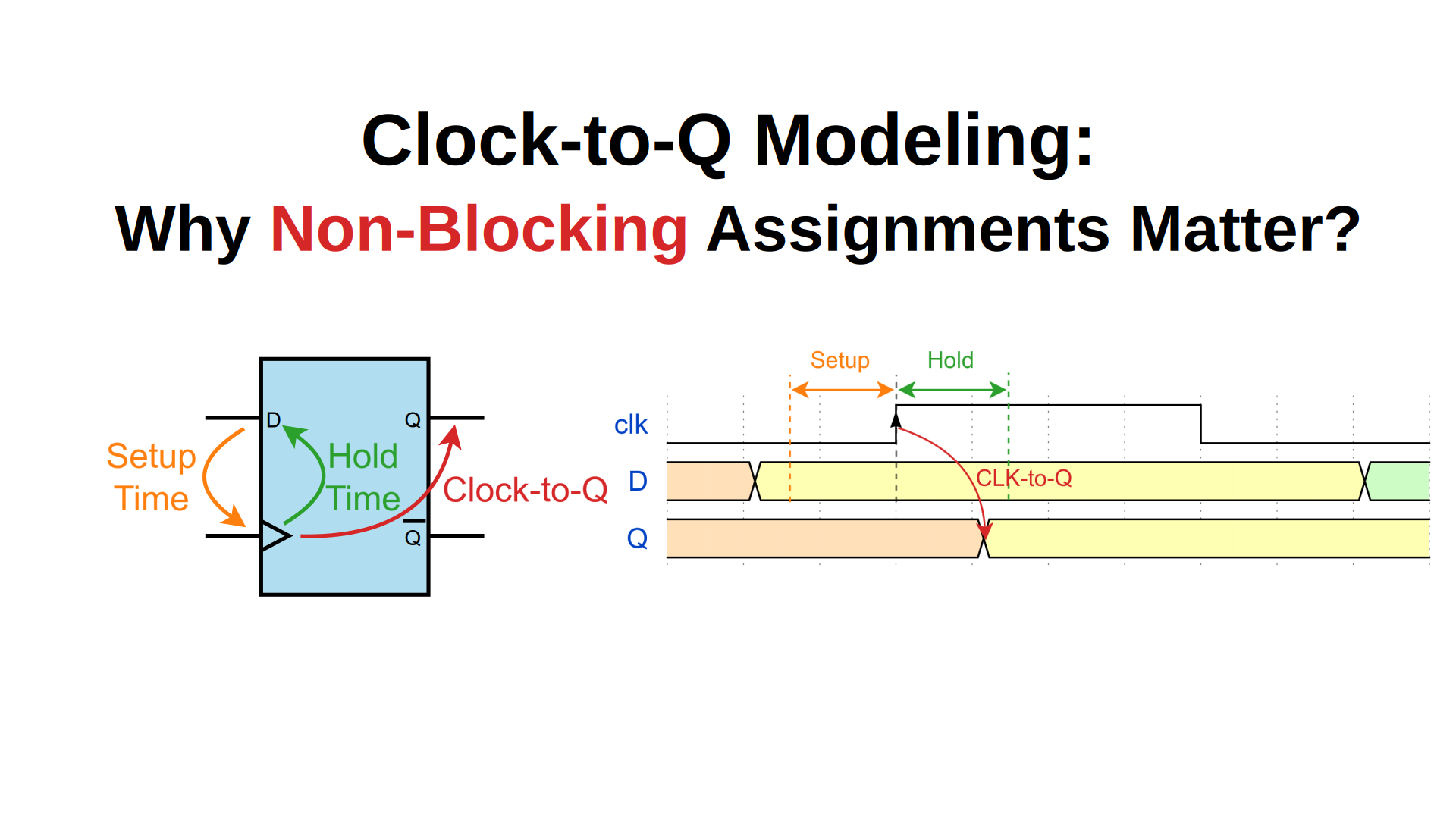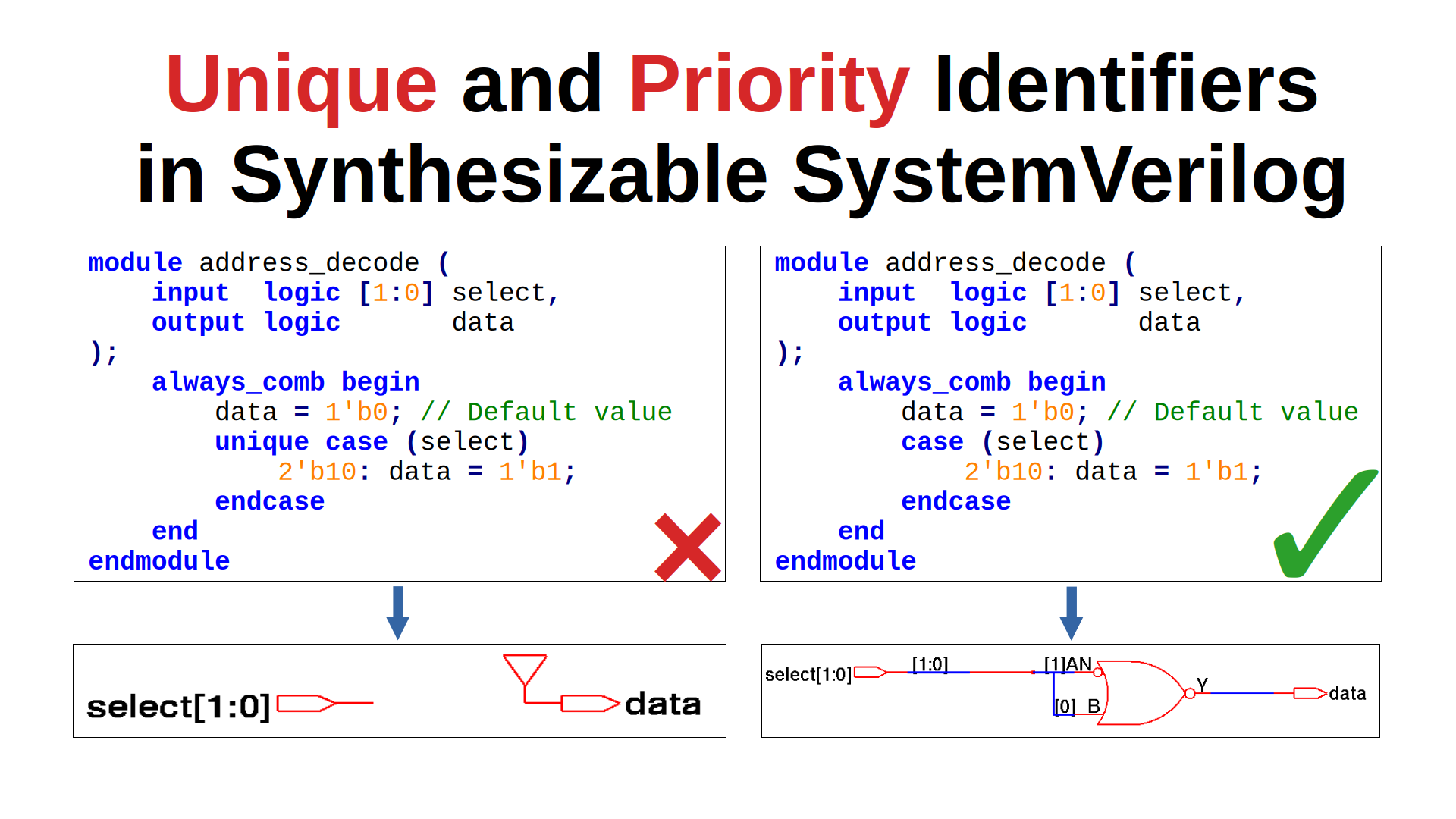SV3. Simulation and Synthesis in Digital Design
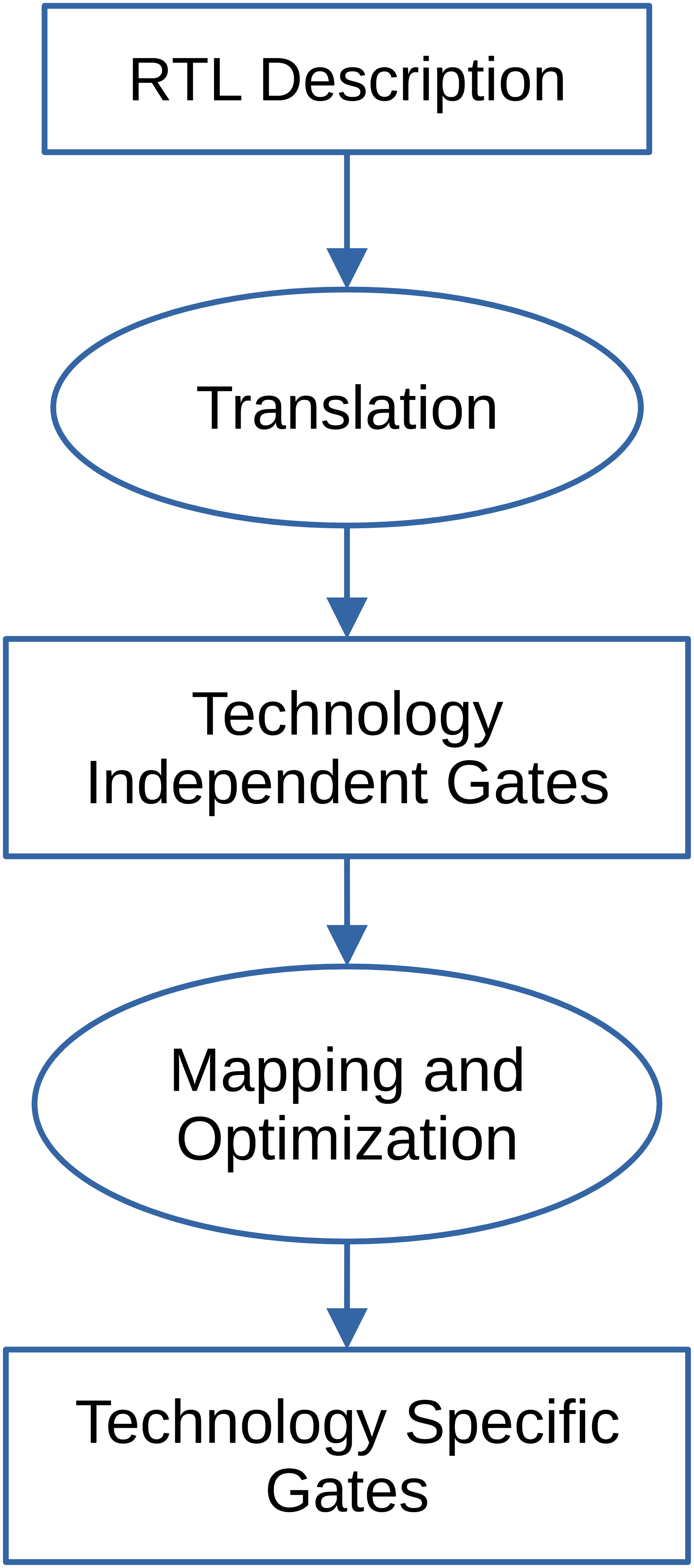
Video Tutorial
Watch this video explanation of Simulation and Synthesis in Digital Design:
Simulation
Simulation consists of two main steps:
1. Compilation
- Reads the source code.
- Decrypts encrypted code.
- Checks for syntax and semantic errors.
2. Elaboration
- Constructs the hierarchical structure of the design.
- Expands instantiations.
- Computes parameter values.
- Resolves names.
Elaboration prepares the design for both simulation and synthesis.
Synthesis
Synthesis converts RTL designs into logic gates based on the technology library and user-defined constraints. It involves the following stages:
1. Generic Optimization
- Translates HDL code into a generic circuit using technology-independent gates.
2. Mapping
- Maps the generic gates to a technology-specific library of standard cells (supplied by the foundry) or to available FPGA resources.
3. Optimization
- Ensures the design meets timing, area, and power constraints.

